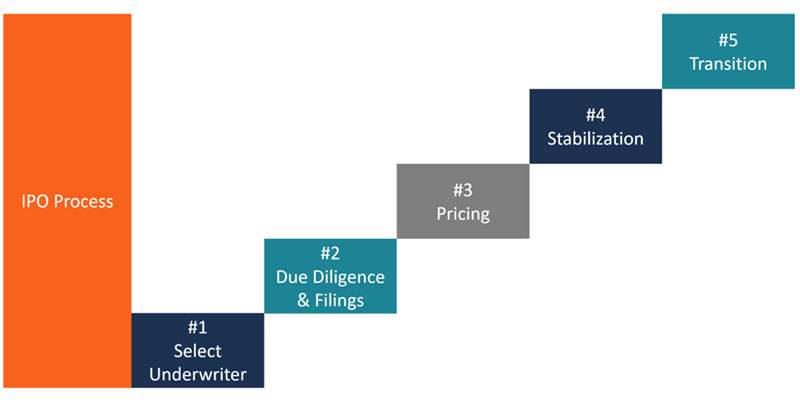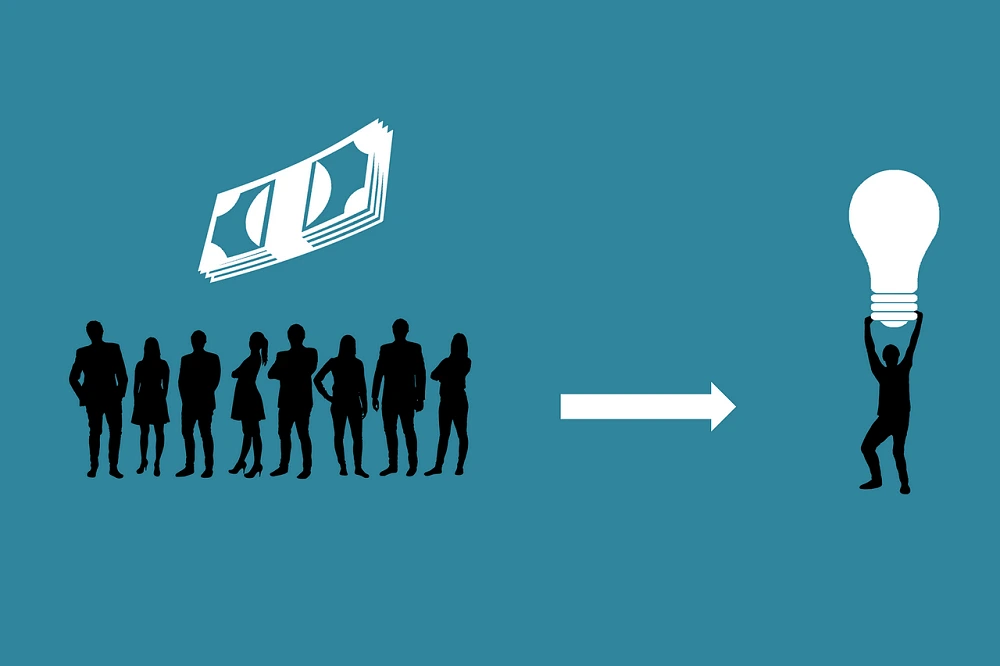An initial public offering (IPO) relates to the process of offering shares of a private corporation to the public in a new stock issuance for the time that is first. An IPO allows a ongoing company to improve equity money from general public investors.
The transition from the private to a business that is general public be a significant time for private investors to fully realize gains from their investment as it typically features a share premium for current personal investors. Meanwhile, it also permits investors that are public take part in the offering.
How an Public that is initial OfferingIPO) works.

Before becoming general public, a corporation is termed private. The firm has developed with a very limited quantity of shareholders, including early investors such as for example founders, family, and friends, too as professional investors like venture capitalists and angel investors as a pre-IPO private company.
An IPO is a significant milestone for a company it to increase a large sum of cash because it permits. This increases the business's capacity to develop and expand. Increased openness and share listing legitimacy may help it secure also better borrowing plans.
Each time a company thinks it really is mature sufficient for SEC guidelines and the benefits and responsibilities of public investors, it shall announce its intention to go public.
This stage of development often does occur when a firm includes a value that is private of $1 billion, often referred to as unicorn status. However, personal firms at varied valuations with good fundamentals and demonstrated profitability potential may be eligible for the IPO, depending on market competition and ability to satisfy standards which can be listing.
Underwriting diligence that is due the price of a business's IPO shares. Each time a corporation goes public, the previously held private share ownership transforms to general public ownership, therefore the current private shareholders' shares are valued at the selling price that is public. Share underwriting may also integrate unique arrangements for transitioning from private to ownership that is general public.
In general, the move from private to public is an minute that is crucial private investors to cash in and realize their expected profits. Private shareholders may publicly keep their traded stocks or sell a part or all of them for the profit.
History of IPOs.
For decades, Wall Street and investors purchased the expression "initial public offering" (IPO) as a buzzword. The Dutch were credited with staging 1st modern IPO, issuing shares of the Dutch East Asia Company to your public that is general.
Since then, IPOs have actually been used by corporations to generate funds from public investors by issuing shares being public.
IPOs have past history of pros and cons in issuance. Specific industries can have ups and downs in issuance owing to innovation and other reasons being economic. Throughout the dotcom growth, businesses without income sought to list on the market that is public causing a rise of tech IPOs.
The 2008 economic crisis led to the quantity that is lowest of initial general public offerings (IPOs).Following the 2008 financial crisis, IPOs came to a standstill, with few fresh listings in the following years. Recently, the IPO emphasis has shifted to unicorns, which are young firms with private values of above $1 billion. Investors and the news are extensively speculating on these firms' choice to go public via an IPO or remain private.
What's the IPO procedure?

The IPO procedure comprises of two components. Initial is the pre-marketing period associated with providing, and the second is the actual first providing that is general public. A firm may request private bids from underwriters or issue a public announcement to build fascination with an IPO.
The corporation selects the underwriters who lead the initial offering process that is public. A company might choose one or more underwriters to manage different aspects associated with the IPO procedure cooperatively. Underwriters are involved in every respect of the IPO, including diligence that is due document preparation, filing, marketing, and issuance.
Steps to an IPO:

Proposals.Underwriters provide proposals and valuations that outline their services, the security that is well to issue, the offering price,
- range shares, while the projected time period for the market offering.
- Underwriter.The company selects its underwriters and lawfully agrees to underwrite terms via an underwriting contract.
- Team.IPO teams include underwriters, attorneys, CPAs, and SEC specialists.
- Documentation.Information about the firm is prepared for the needed IPO documents.
- The S-1 Registration Statement may be the main IPO document that is filing. It consists of two parts: the prospectus and the independently held information that is filing.
- The S-1 provides information that is initial the projected filing date.2.
- will be changed often throughout the process that is pre-IPO. The prospectus that is associated additionally constantly updated.










